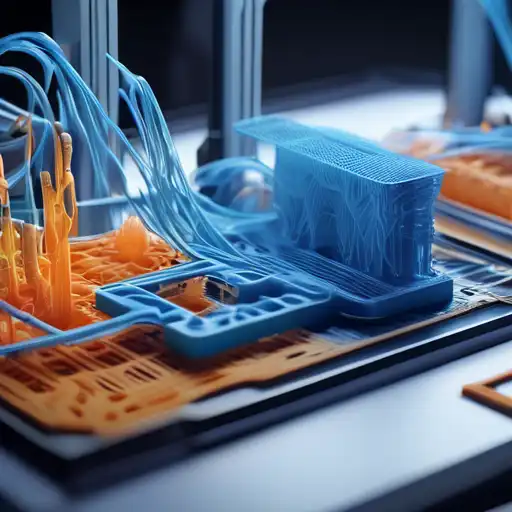Introduction to 3D Printing
3D printing, also known as additive manufacturing, is a process of creating three-dimensional objects from a digital file. This innovative technology builds objects layer by layer, offering unparalleled flexibility in design and manufacturing. From prototyping to production, 3D printing is revolutionizing industries worldwide.
The Process of 3D Printing
The 3D printing process begins with a digital model, which is sliced into thin layers by specialized software. The printer then builds the object by depositing material layer by layer until the final product is complete. This method allows for complex geometries that traditional manufacturing cannot achieve.
Applications of 3D Printing
3D printing has found applications in various fields, including:
- Healthcare: Custom prosthetics, dental implants, and even bioprinting of tissues.
- Aerospace: Lightweight components for aircraft and spacecraft.
- Automotive: Prototyping and manufacturing of parts with reduced weight and increased strength.
- Fashion: Custom jewelry and footwear designed to individual specifications.
Benefits of 3D Printing
The advantages of 3D printing include:
- Customization: Products can be tailored to individual needs without additional costs.
- Speed: Rapid prototyping accelerates the development process.
- Cost-Effectiveness: Reduces material waste and eliminates the need for expensive molds.
- Sustainability: Minimizes waste and energy consumption compared to traditional methods.
Challenges and Future Directions
Despite its benefits, 3D printing faces challenges such as material limitations and high costs for industrial-grade printers. However, ongoing research and development are paving the way for more advanced materials and faster printing technologies. The future of 3D printing promises even greater innovation, with potential breakthroughs in construction, food production, and beyond.
Conclusion
3D printing is not just a tool for creating objects; it's a transformative technology that's reshaping the future of manufacturing. By enabling customization, reducing waste, and opening new possibilities in design, 3D printing stands at the forefront of the fourth industrial revolution. As the technology continues to evolve, its impact across industries will only grow, making it an exciting area to watch.
